Maintaining appliances properly is essential for their door durability and performance. Frequent errors might result in expensive repairs and diminished performance. Understanding and avoiding these errors can save money and extend the life of your household machines.
Overloading the Washing Machine
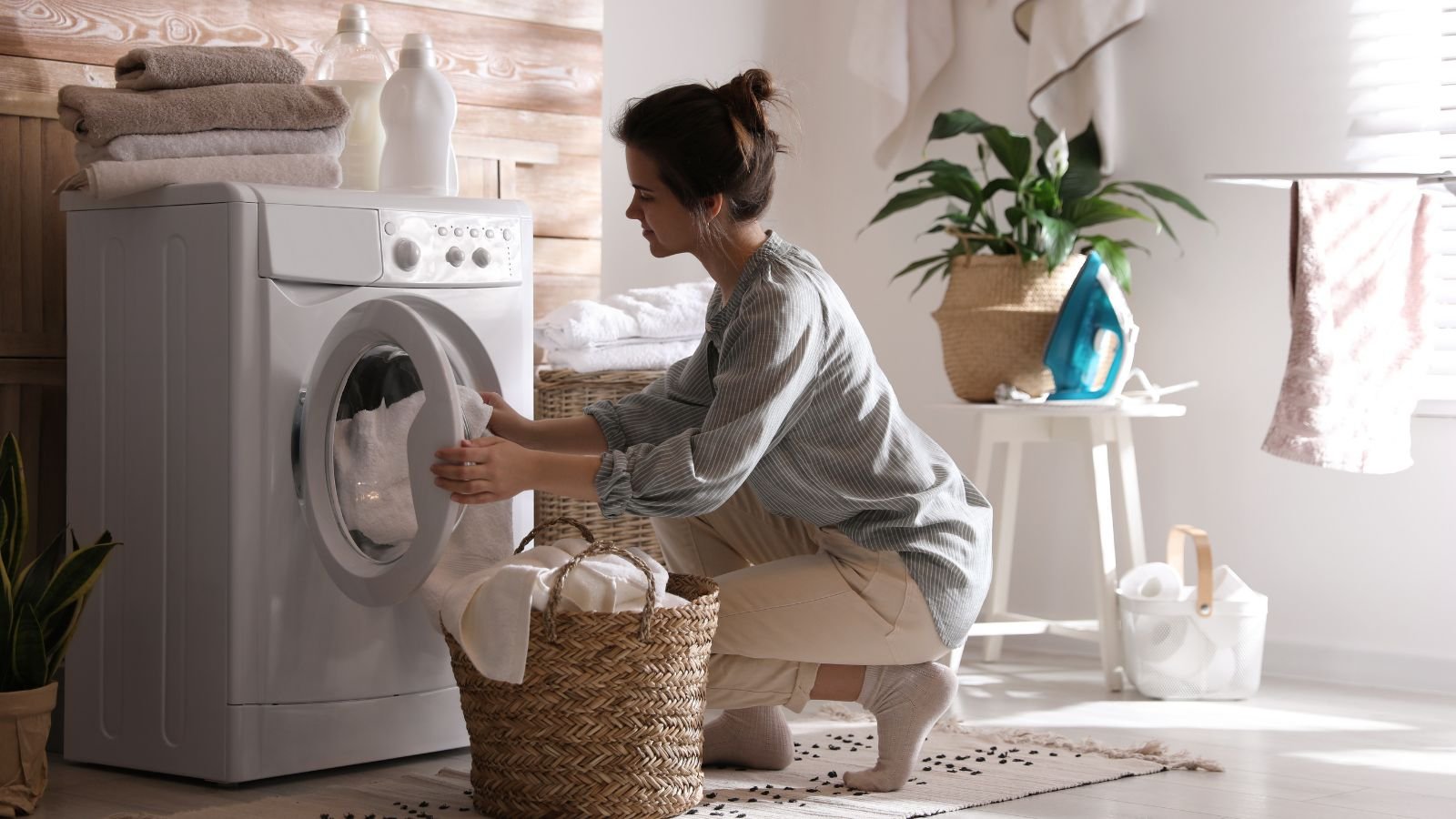
Cramming too many clothes into the washer might seem efficient, but it can be counterproductive. Overloading prevents proper cleaning and increases energy costs. It also results in possible machine damage. Excess weight can strain the motor and drum, thereby shortening the lifespan of the appliance by 3 to 5 years.
Neglecting the Refrigerator Coils

Refrigerator coils are often hidden behind or beneath the fridge. This causes the coils to go unseen, which results in the gathering of dust. It forces the compressor to work harder, increasing energy consumption by 30% and reducing efficiency. Lack of proper coil cleaning can even lead to compressor failure which can cost you from $200 onwards.
Blocking Air Vents in the Oven
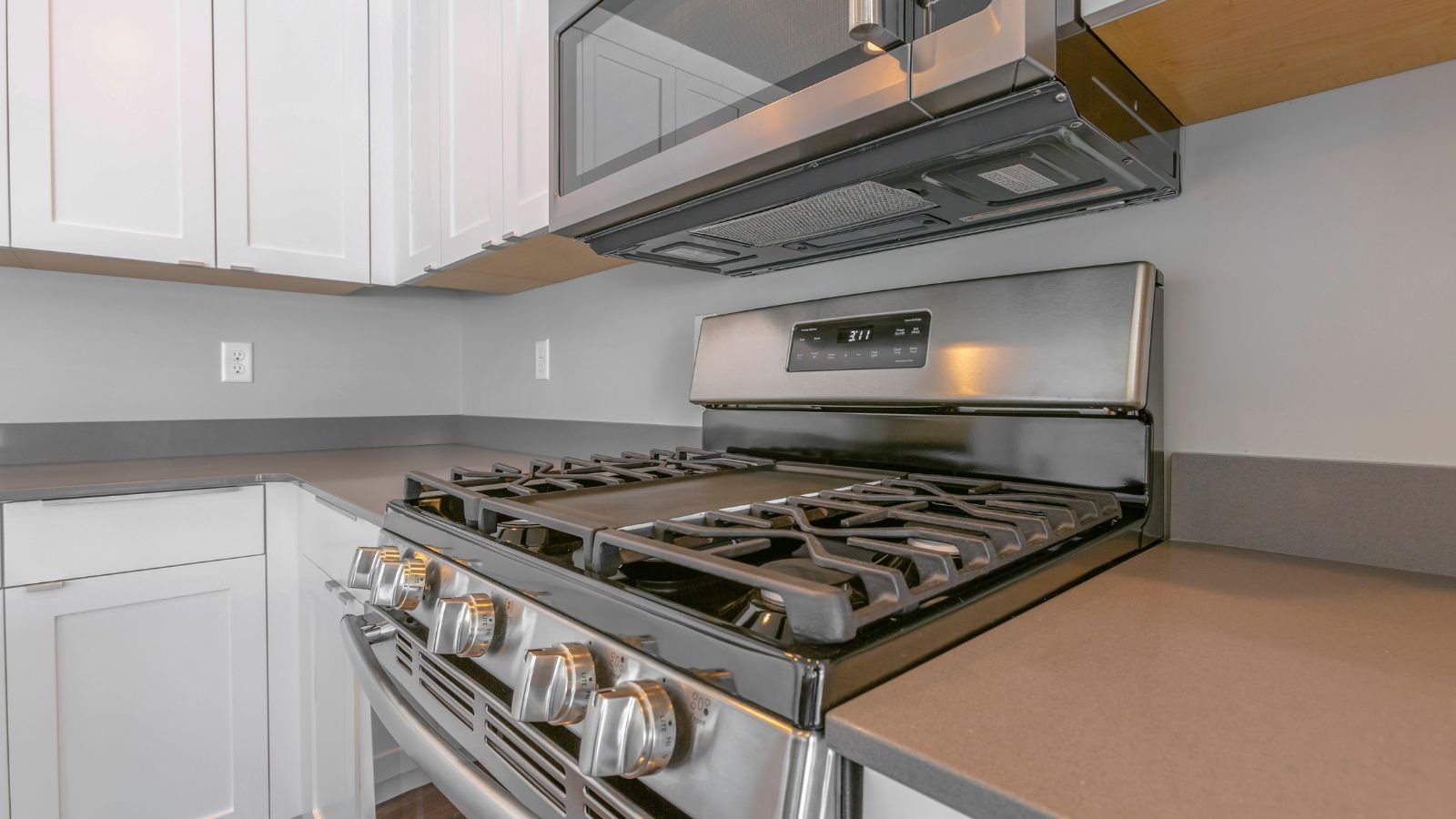
Air circulation can be impeded by covering oven racks with foil or putting baking sheets on the bottom. This leads to uneven cooking and potentially damages the oven’s heating elements. Maintaining consistent temperatures and minimizing energy usage requires appropriate ventilation. The typical repair price for this ranges from $100 to $600 or can be even more. Proper airflow maintenance can extend an oven’s life by 3-4 years and ensure consistent cooking temperatures.
Using the Wrong or Too Much Detergent
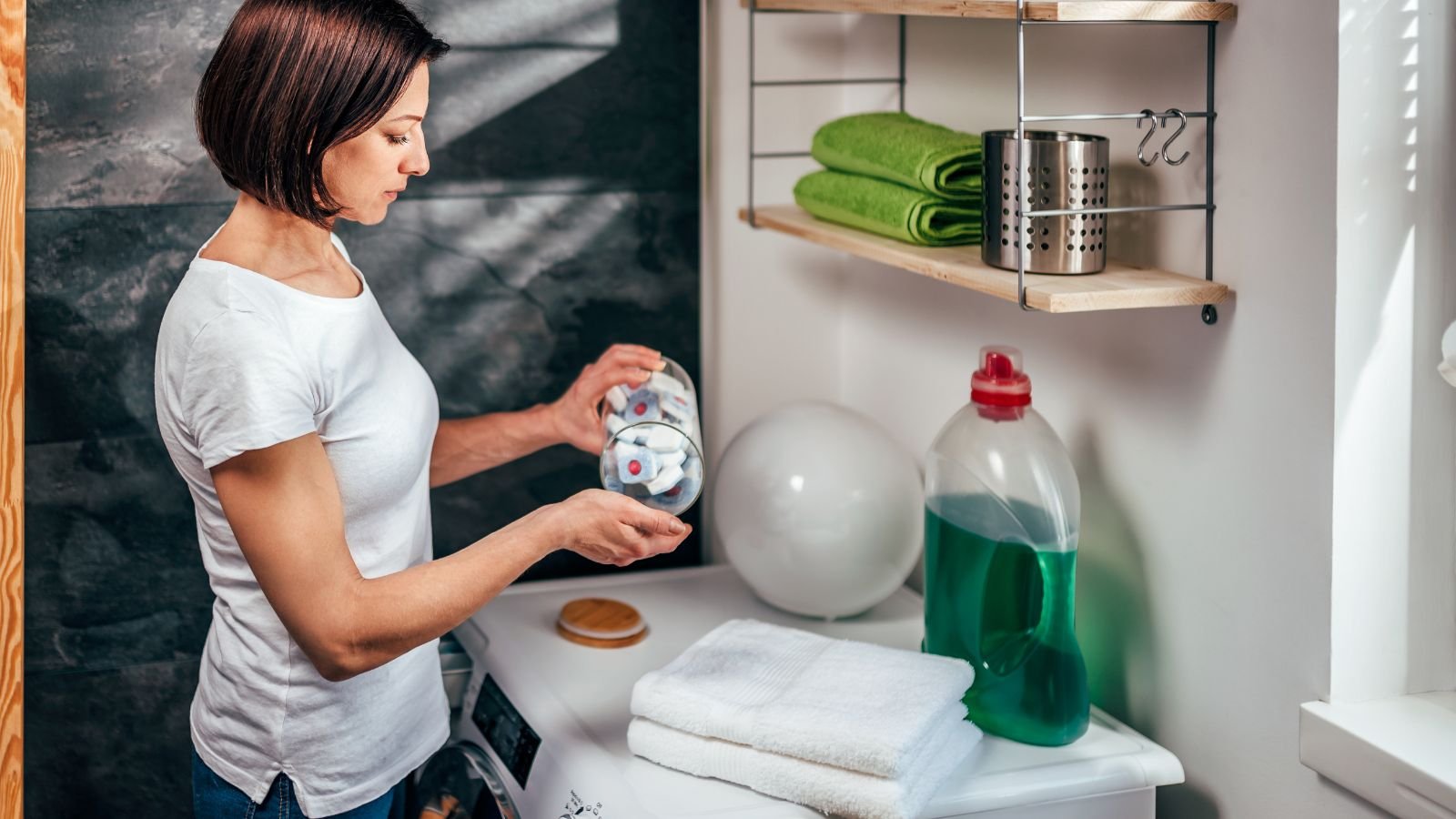
Excessive detergent does not mean clean clothes. It is more than enough to use 1 tablespoon of detergent or the number mentioned in the detergent packaging. It can leave residue, irritate skin, and damage fabrics. Plus, using the wrong type can harm high-efficiency machines. Proper dosage and detergent selection ensure clean clothes without wasting products or risking appliance malfunctions.
Forgetting to Clean the Lint Trap

A clogged lint trap reduces dyer efficiency by 75%. As a result of the decreased airflow, the dryer will likely overheat and cause further issues. This strain creates a fire hazard and can shorten the lifespan of the dryer by 3 to 4 years. Regular cleaning after each use ensures efficient drying and prevents potential issues.
Not Emptying Vacuum Cleaner Bag

Allowing vacuum bags or canisters to overfill significantly reduces suction power. This means more passes over the same area, wasting time, as well as energy. Additionally, the motor may experience early wear if the bags are kept full. This would require you to replace your appliance’s motor which can cost around $150 to $800. Regular emptying ⅔ full maintains optimal performance, extends its lifespan, and ensures proper cleaning with each use.
Ignoring Dishwasher Filter
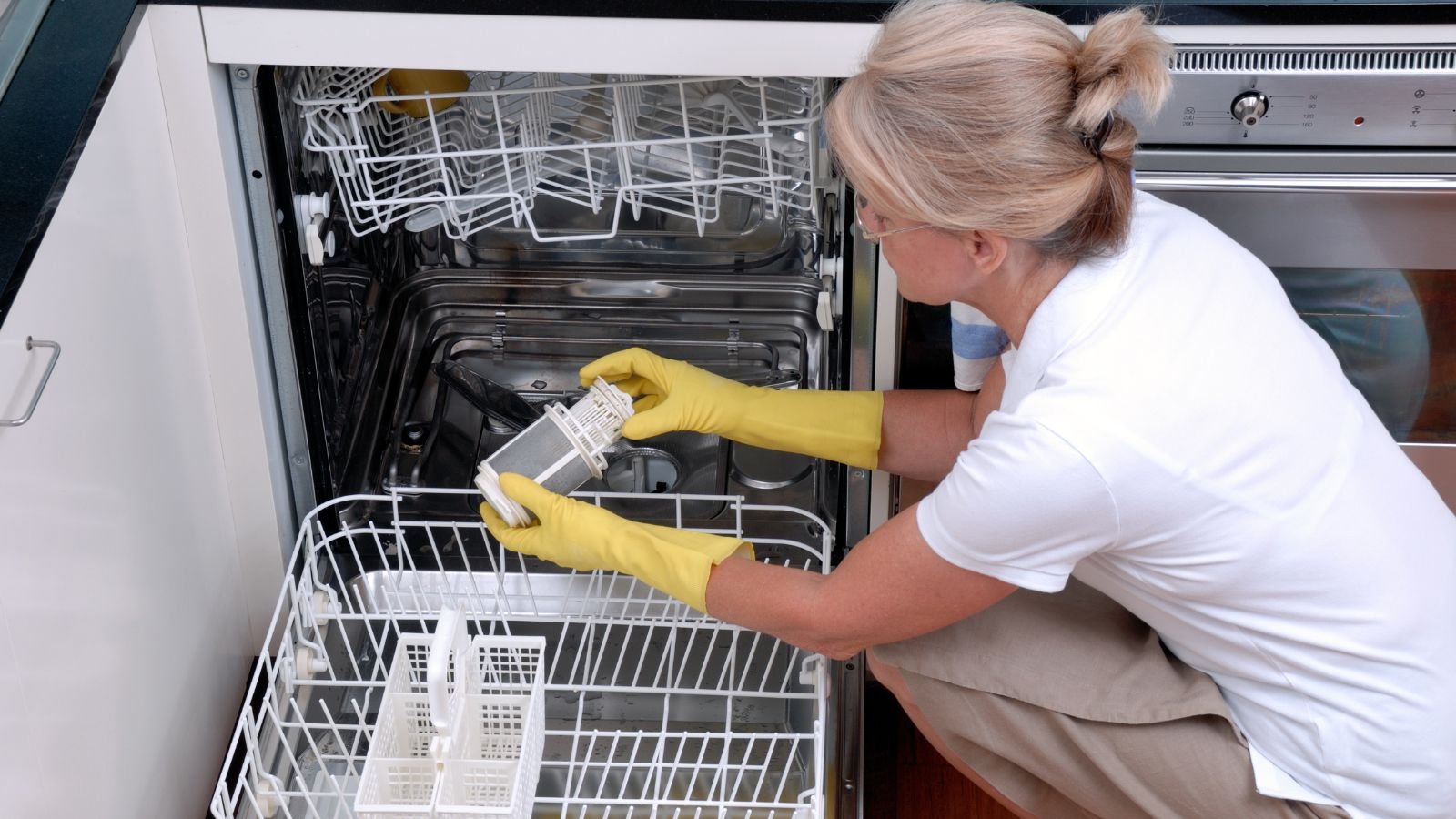
A lot of individuals do not know that dishwasher filters need to be cleaned regularly. Unpleasant food smells and inadequate cleaning can result from a clogged filter. Food particles can recirculate, leaving dishes dirty. Neglect can also lead to pump damage, costing you $150 to $300 for repair. Monthly cleaning ensures proper performance and hygiene of your appliance.
Failing to Descale Coffee Makers

The taste and functionality of coffee makers can be impacted because of mineral accumulation. Regular descaling removes these deposits, ensuring better-tasting coffee and prolonging the appliance’s life. Otherwise, severe scaling can clog pipes, leading to complete machine failure. Neglecting this task can lead to clogged pipes and potential machine failure.
Using Harsh Cleaners of Glass Cooktops

Abrasive cleaners can scratch and permanently damage glass cooktops. These scratches not only mar appearance but can affect heating efficiency by 25% to 30%. Using gentle, specialized cleaners maintain the surface without risking damage. It ensures surface integrity, and optional heat transfer, and even extends the cooktop’s lifespan by 3 to 5 years.
Not Leveling the Appliance
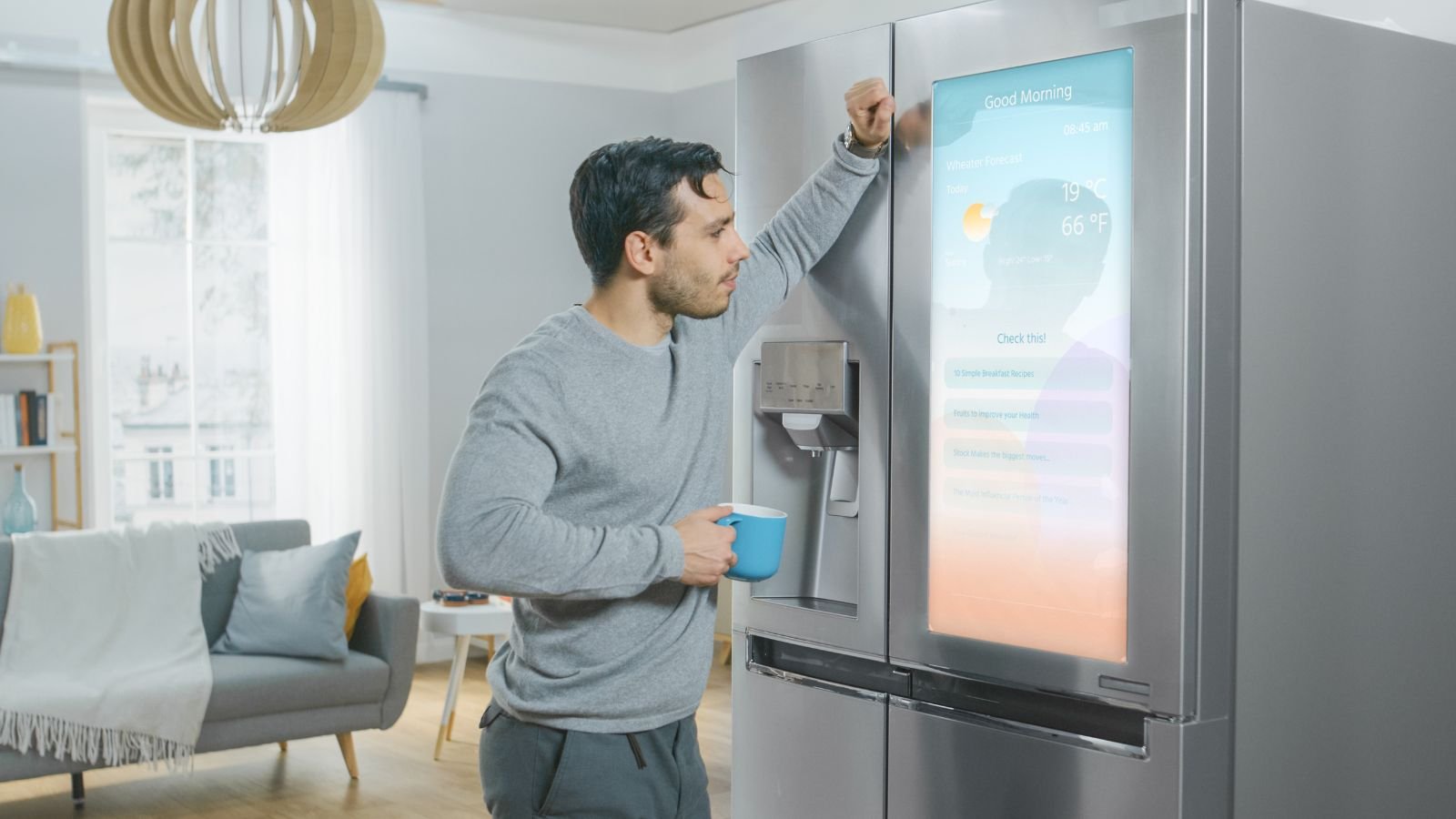
Appliances like refrigerators, washing machines, or dishwashers when placed unevenly can lead to poor performance and premature wear. The machines may vibrate excessively, causing noise and potential damage to floors as well as the system itself. It can require repair costs of an average of $107 to $249 or even more. Proper leveling reduces noise, prevents floor damage, and ensures optimal performance.
Running Appliances on Low Loads
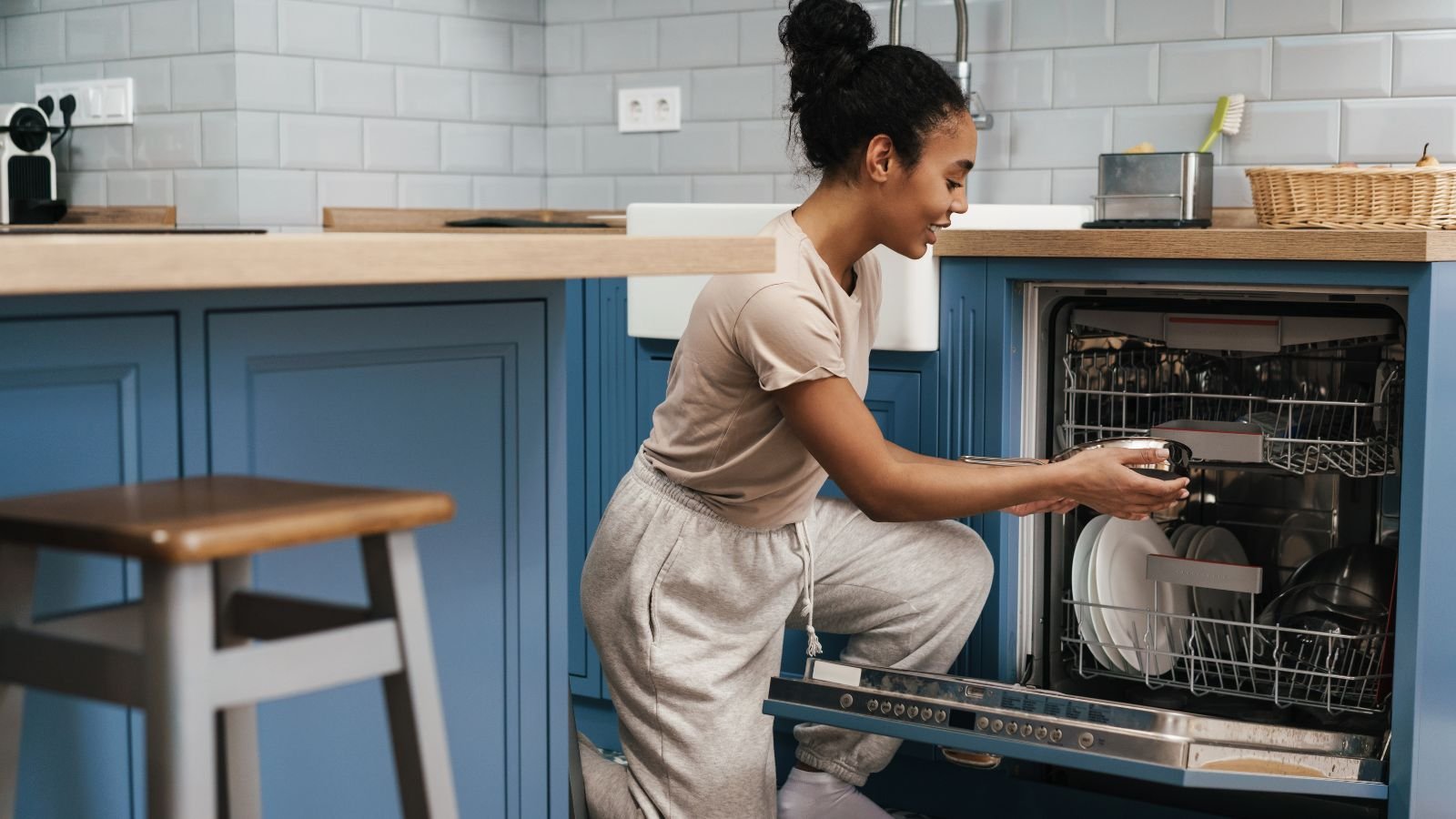
Operating washers or dishwashers at low-capacity wastes 10% or more water and energy per load. While it might seem convenient, it is inefficient and increases utility bills. This inefficiency can increase your utility bills by $50 to $100 annually. It is more cost-effective to wait for full loads or to use the proper cycle settings for smaller loads.
Ignoring the Ice Maker Filter

Many forget that ice makers have filters that need regular replacement. Neglected filters can lead to odd-tasting ice and potential contamination. Replacing a blocked ice maker can lead to a $200 cost on average for replacement. Regular changes ensure clean, fresh-tasting ice and protect the ice maker’s components.
Neglecting to Replace Water Filters

Refrigerator water filters need regular replacement to ensure clean, safe drinking water. Overused filters can harbor bacteria and fail to remove contaminants effectively. It can also damage the water system which can cost you around $200 to $400. Replacing filters as recommended maintains water quality and protects the dispenser system.
Storing Items on Top of the Microwave

Using the microwave as extra storage space can block vents, leading to overheating and reduced efficiency. It also reduces the appliance’s lifespan by 2 to 3 years. Heavy items may damage the appliance’s casting or internal components. Keeping the top clear ensures proper ventilation and prevents potential safety hazards.
Using the Wrong Stove Burner

Choosing a burner that does not match the pot size wastes energy of over 20% and leads to uneven cooking. It can reduce the appliance lifespan by 1 to 2 years. Small pots on large burners lose heat to the surrounding air, while large pots on small pots heat efficiently. Matching pot size to burner size ensures proper heat transfer as well as energy efficiency.
Overloading the Dishwasher

Overcrowding the dishwasher stops water from properly circulating and the detergent from dispersing evenly. This results in poorly cleaned items and potential damage to delicate dishware. Plus, putting on more load that the system can take can put it under stress. It can damage its motor and pump. This repair cost can be around $150 to $400. To avoid extra expenses, it is better to properly load your dishwasher which also ensures clean dishes and extends appliance life.
